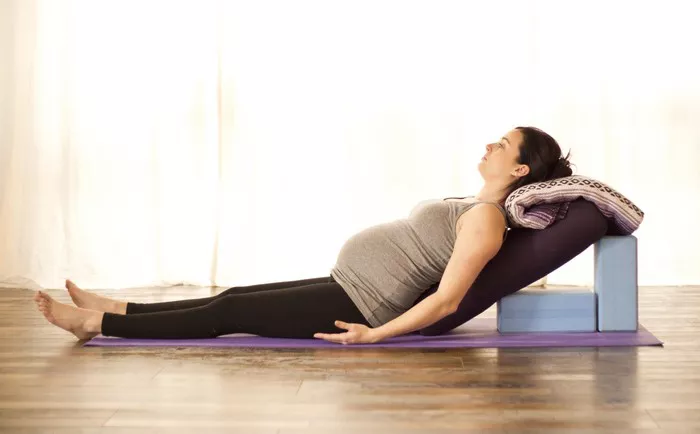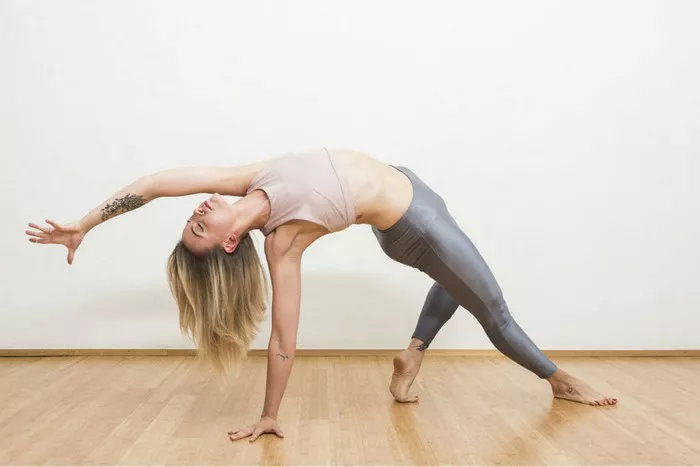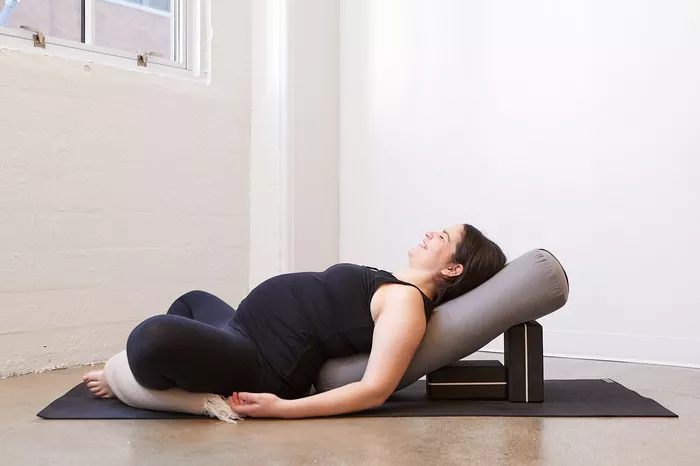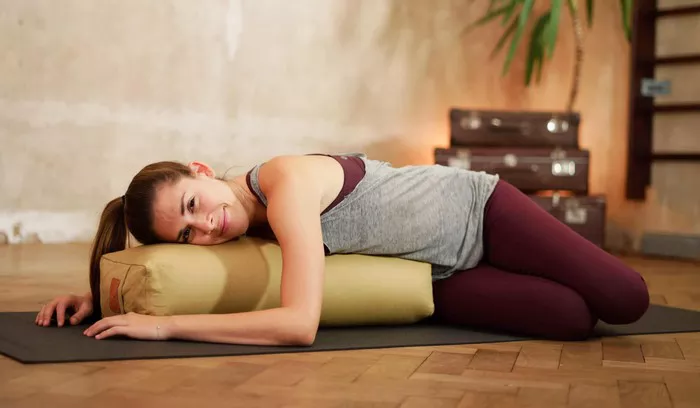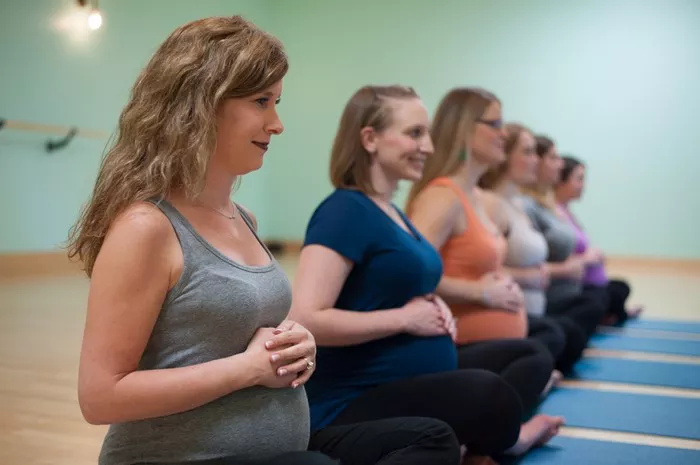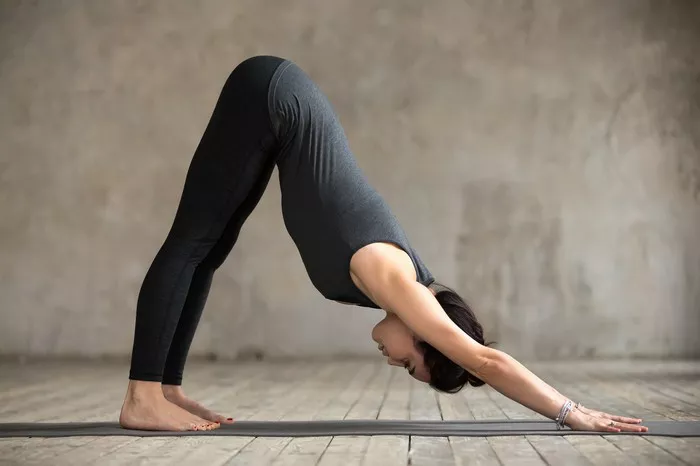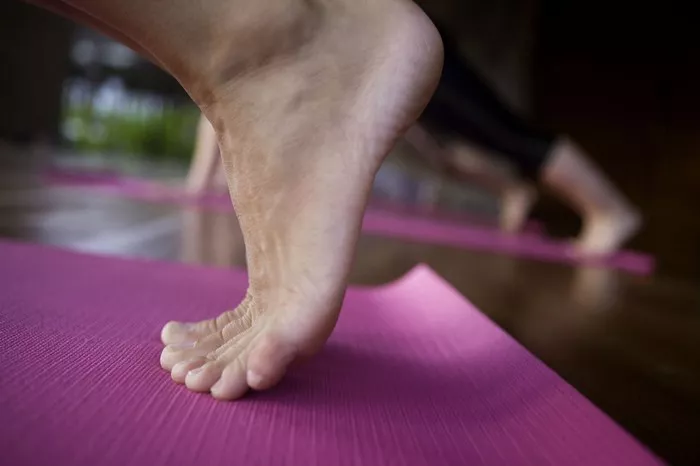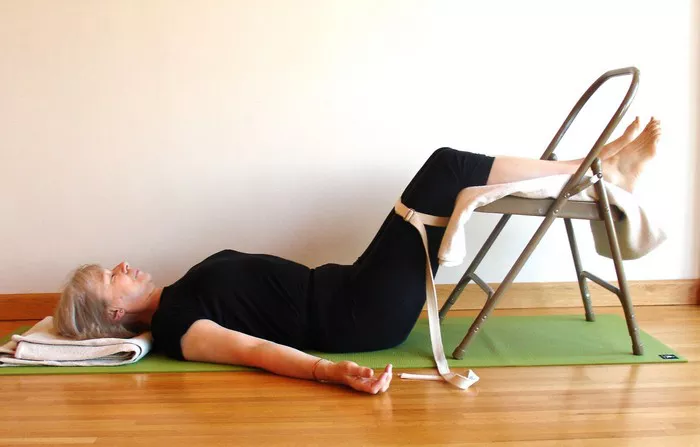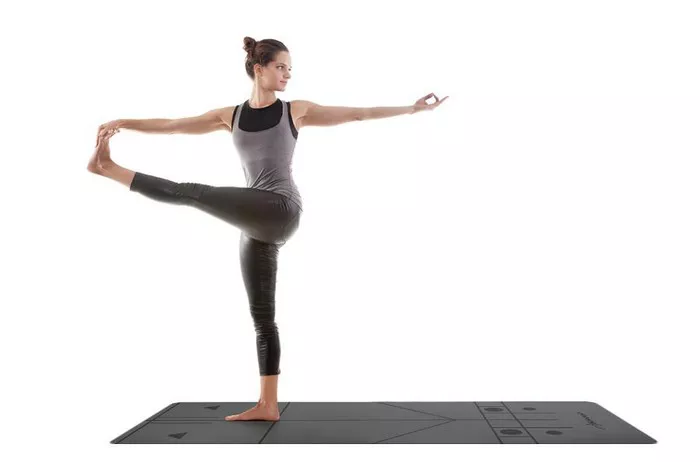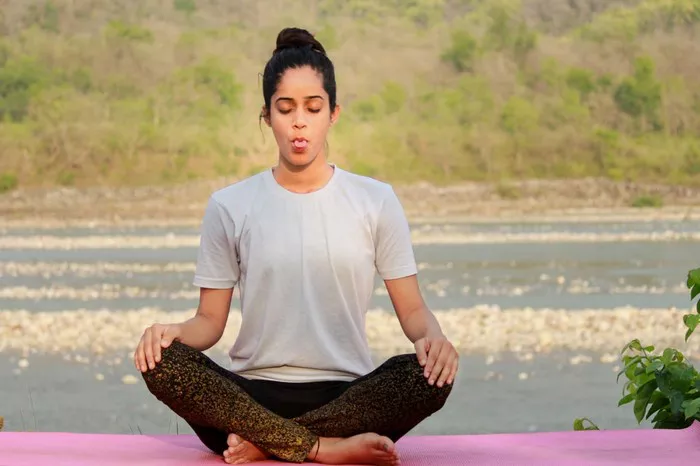The Cat-Cow Pose, also known as “Marjaryasana-Bitilasana” in Sanskrit, is one of the most fundamental and widely practiced poses in yoga. It is a dynamic, flowing movement that involves transitioning between two postures: the Cat Pose (Marjaryasana) and the Cow Pose (Bitilasana). These poses, when performed together, form a sequence that helps to warm up the spine, increase flexibility, and improve posture. In this article, we will explore the benefits of the Cat-Cow Pose, the best practices for performing it, and how often you should include it in your daily routine to experience its full benefits.
Understanding the Cat-Cow Pose
The Cat-Cow Pose is a simple yet effective movement that encourages spinal mobility and promotes mindfulness. Here’s a breakdown of the two positions:
Cow Pose (Bitilasana):
Start on your hands and knees, with your wrists directly under your shoulders and your knees directly under your hips.
As you inhale, arch your back and drop your belly toward the floor, lifting your tailbone and chest upward. This is the Cow Pose.
Ensure that your gaze is slightly forward or upward, not straining the neck, while keeping your shoulders relaxed away from your ears.
The Cow Pose helps to open up the chest, stretch the front of the body, and engage the lower back.
Cat Pose (Marjaryasana):
As you exhale, round your back toward the ceiling, drawing your belly button toward your spine.
Tuck your chin toward your chest and gently press your hands into the floor to deepen the stretch.
This position stretches the back, activates the core, and helps to lengthen the spine.
Together, the Cat-Cow Pose offers a gentle flow that encourages spinal articulation and stretches multiple muscles along the back and abdomen. The movement is a wonderful way to begin your practice, as it provides a gentle warm-up for the body while calming the mind.
Benefits of the Cat-Cow Pose
The Cat-Cow Pose offers numerous benefits, making it a favorite among yogis of all experience levels. Let’s take a closer look at some of the key benefits:
Increases Spine Flexibility: The gentle arching and rounding of the back help to improve the flexibility of the spine. This movement is particularly beneficial for people who spend long hours sitting at a desk or those with tight back muscles. The continuous flow between Cat and Cow stretches both the front and back of the body, enhancing overall spinal health.
Relieves Back Tension: One of the most common complaints in today’s modern world is back pain, which can be caused by poor posture, muscle imbalances, or sitting for long periods. The Cat-Cow Pose helps to release tension in the lower back, mid-back, and upper back, providing relief from stiffness and discomfort. It also encourages proper alignment of the spine.
Improves Posture: Practicing the Cat-Cow Pose regularly can help improve posture by increasing awareness of spinal alignment. It encourages a neutral spine position, counteracting the hunched back that can occur from sitting for extended periods. This helps to reinforce the natural curves of the spine, leading to better overall posture.
Stretches the Core Muscles: The movement between Cat and Cow also activates and strengthens the core muscles. As you engage your abdominal muscles to round your back in Cat Pose and lift your chest in Cow Pose, you are working on building a stronger core. A strong core supports good posture and stability in other yoga poses and daily activities.
Stimulates Digestive Health: The Cat-Cow Pose massages and stimulates the organs in the abdomen. The gentle compression and release of the abdominal area help to promote digestion, alleviate constipation, and increase circulation to the internal organs. This can lead to improved digestive health and overall wellness.
Reduces Stress and Anxiety: The flowing, rhythmic nature of the Cat-Cow Pose encourages a mindful practice that helps to calm the nervous system. By coordinating breath with movement, this pose can reduce stress, anxiety, and tension. It is often included in a yoga routine as a way to reset the mind and release emotional tension.
Increases Body Awareness: The Cat-Cow Pose is a simple yet powerful way to become more attuned to your body. By focusing on the breath and the sensations in your spine and abdomen, you develop a deeper awareness of how your body moves and feels. This mindfulness practice can be carried over into other areas of life, helping you stay grounded and present.
How Many Times a Day Should You Practice the Cat-Cow Pose?
Now that we understand the numerous benefits of the Cat-Cow Pose, let’s explore how often you should include it in your daily routine. The frequency of practicing this pose largely depends on your goals, physical condition, and overall lifestyle.
1. Daily Practice for Beginners
If you’re new to yoga or have limited experience with flexibility and spinal mobility, practicing the Cat-Cow Pose once or twice a day can be highly beneficial. Aim to include the pose in both your morning and evening routines.
Morning Practice: Performing the Cat-Cow Pose in the morning can help to wake up your body, relieve any stiffness from sleep, and prepare you for the day ahead. The flow between Cat and Cow can also help release tension accumulated during the night, especially if you tend to sleep in a fixed position that causes stiffness in your back and neck.
Evening Practice: A gentle session of Cat-Cow before bed can help to relax your body and calm your mind. It can be especially helpful if you experience tension in the back from a long day of work or physical activity. Practicing this sequence in the evening may also improve the quality of your sleep by releasing accumulated stress.
For beginners, 5 to 10 rounds of the Cat-Cow Pose in the morning and evening are usually sufficient. Each round can be performed slowly, with a focus on breathing and spinal movement. As you become more comfortable, you can gradually increase the duration of each session.
2. Intermediate and Advanced Practice
For individuals who have been practicing yoga for a while and are familiar with more advanced postures, you can increase the frequency and intensity of your Cat-Cow practice. Advanced practitioners often use this pose as a warm-up for more demanding sequences or as a way to reset the body in between other poses.
Warm-Up: If you’re preparing for a more intense yoga session, performing 10 to 15 rounds of Cat-Cow can help open up the body and prepare the spine for more complex movements. This warm-up can also activate the core muscles and improve flexibility in the hips, shoulders, and back.
As a Break Between Poses: If you’re holding more challenging poses or working on strength, the Cat-Cow Pose can be used as a brief break to release tension and realign the spine. It is an excellent way to maintain fluidity in your practice and keep your energy levels up.
For intermediate and advanced practitioners, performing 15 to 20 rounds of Cat-Cow throughout the day—whether as part of a yoga flow or individually—can be highly beneficial. You can also incorporate variations such as adding breath holds or deepening the stretch to further enhance the practice.
3. For Desk Workers and Sedentary Lifestyles
Many people spend long hours sitting at a desk or in front of a computer, which can lead to poor posture, back pain, and stiffness. If you fall into this category, practicing the Cat-Cow Pose throughout the day can be a simple and effective way to counteract the negative effects of prolonged sitting.
Short Breaks: Aim to take 2 to 3 short breaks throughout the day to perform 5 to 10 rounds of Cat-Cow. These breaks can be done at your desk, or if possible, in a quiet space where you can focus on your breath and movement.
Desk-Friendly Variations: If you’re unable to get on the floor, you can practice a seated version of the Cat-Cow Pose while sitting in a chair. Sit with your feet flat on the floor, inhale as you lift your chest and arch your back, and exhale as you round your spine and tuck your chin.
By incorporating these short practices into your daily routine, you can alleviate the effects of sitting for long periods, reduce back pain, and improve your posture.
4. Listening to Your Body
Ultimately, the number of times you practice the Cat-Cow Pose each day should be based on your personal needs and goals. If you feel particularly stiff or tight, you may want to increase the frequency. If you are in good physical condition and feel that one or two sessions per day is enough, that’s perfectly fine too. The key is to listen to your body and adjust your practice accordingly.
Conclusion
The Cat-Cow Pose is an incredibly versatile and beneficial yoga posture that can be practiced by individuals of all skill levels. Whether you’re a beginner or an advanced practitioner, incorporating this pose into your daily routine can have a profound impact on your flexibility, posture, and overall well-being.
The frequency of your practice will depend on your goals and lifestyle. For most people, performing the Cat-Cow Pose once or twice a day can provide excellent results, while those with more advanced practice may choose to integrate it into their yoga flow or use it as a warm-up. For those with sedentary lifestyles or desk jobs, performing short rounds of Cat-Cow throughout the day can significantly reduce tension and improve posture.
Regardless of how often you practice, the key to benefiting from the Cat-Cow Pose is consistency and mindfulness. By honoring your body’s needs and incorporating this simple yet powerful movement into your daily routine, you will notice greater mobility, reduced stress, and a deeper connection to your body and breath.
Related Topics:

